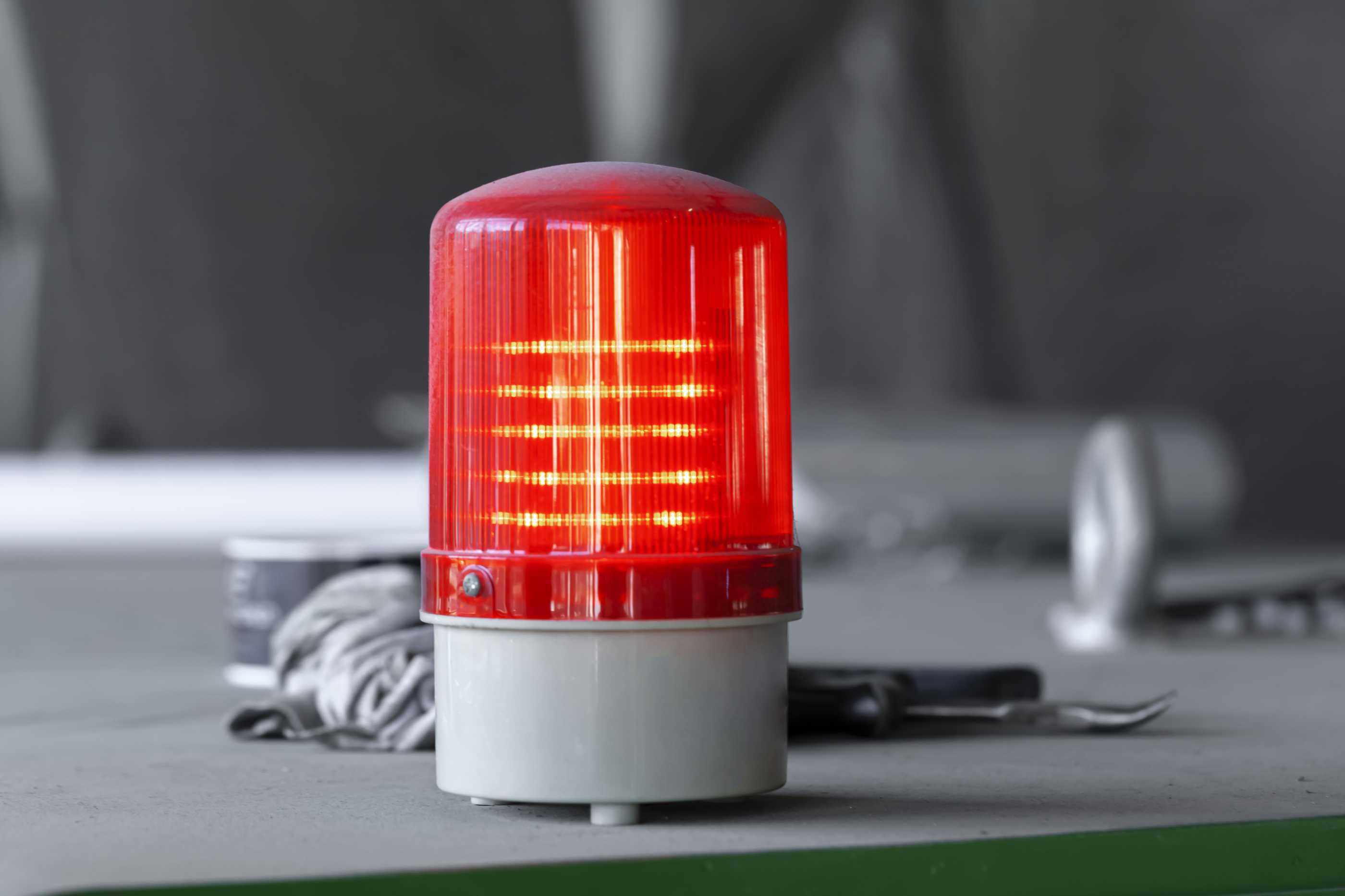Critical infrastructure: what is it and why do cyber criminals target it?
15th October 2025
Some cyber threats are greater than others: how can a cyber attack become a national threat?
As technology has evolved, we have naturally included it in our important infrastructure, integrating it for better services. However, the more we digitise these services, the bigger a target these services become for bad actors, particularly those with a political agenda.
First, we need to understand what critical infrastructure means. In short, it is infrastructure that is essential to everyday life, in terms of things continuing to run as they should. This can include:
· Energy – power grids, pipelines, nuclear facilities
· Water – treatment plans and distribution systems
· Healthcare – hospitals, emergency services, medical records systems
· Transportation – airports, railways, traffic control systems
· Finance – banking systems, stock exchanges, payment networks
· Telecommunications – internet backbone, mobile networks, satellite systems
· Government services – emergency response, defence, public administration
If any one of these was unavailable, even for a short period of time, it would have a massive impact on those effected. They are often interconnected, meaning that if one should fall, it could lead to issues with others.
Next, we need to know how these services can be attacked. Vectors include:
· Malware and ransomware – used to disrupt operations and extort money
· Advanced persistent threats – these attacks are often linked to other nations, are stealthy, long-term and aim to infiltrate for espionage or sabotage
· Supply chain attacks – a third-party vendor or software used by an infrastructure provider may be targeted as they are easier to overwhelm
· DDoS attacks – flood systems with traffic to cause outages, particularly communications
· Zero-day exploits – attackers use unknown vulnerabilities to gain access before patches are available
The attack methods should be familiar, but it is the impact they can have that makes these kinds of attacks significant. This is why critical infrastructure is targeted:
· Financial gain – sometimes, the criminals are just thieves! Ransomware can yield massive payouts, as some organisations would rather pay than have services be down.
· Political or ideological motives – either hackers trying to make an individual statement or attackers from other countries, working on their behalf as part of geopolitical strategy.
· Sabotage and warfare – a well-timed cyber attack can cripple a nation’s ability to respond to a crisis: they are a significant element of modern warfare tactics.
· Espionage – stealing sensitive information from important systems, in government or other industries. It gives the attackers insight into national capabilities and vulnerabilities.
· Testing defences – often precursors to larger, coordinated attacks, some hacks are probes to see how resilient systems are if taken offline.
Think of it: the confusion if we all lost internet access, if traffic lights all stopped working, if we couldn’t get any fresh water – this is why these kinds of attacks are so devastating. How can organisations defend against them?
· Segmentation – isolate critical systems from public networks to reduce the chance of them being impacted.
· Monitoring and detection – use SIEM and threat intelligence tools.
· Incident response plans – prepare for worse-case scenarios and every eventuality.
· Regular patching – prevent known vulnerabilities.
· Employee training – better awareness will avoid phishing and social engineering attacks.
For most of us, the best we can do if critical infrastructure is hit is hope that those in charge of those systems has the right security measures in place: if not, the damage could be significant.
If you want to know more about critical infrastructure attacks, please contact Interfuture Security.
YouTube: https://youtu.be/Z11Dt56p2J0
